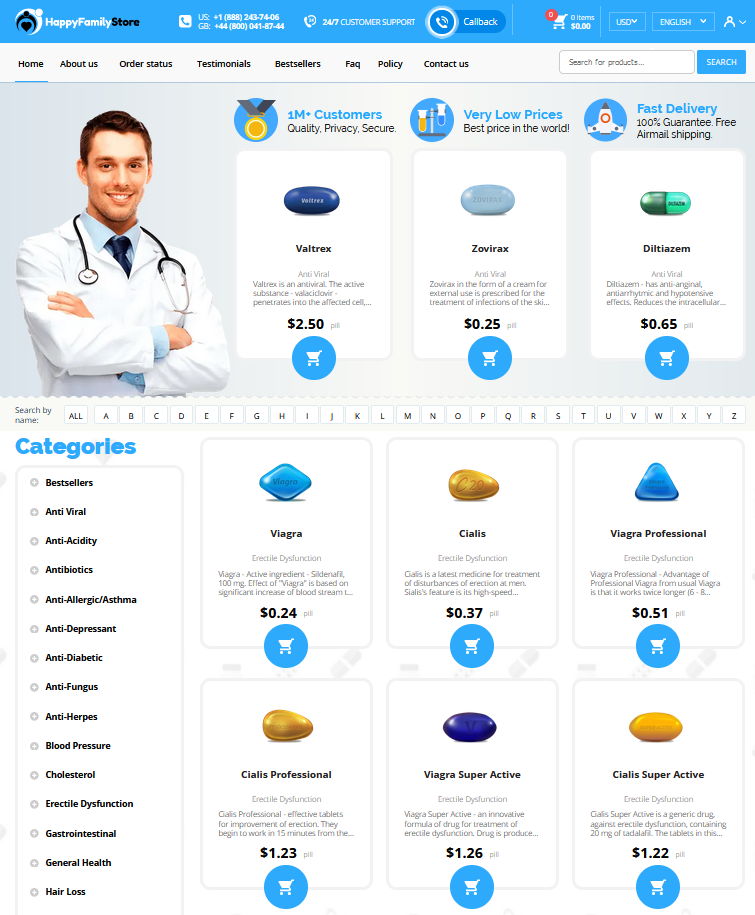What Is Cephalexin and How Does It Work? Cephalexin is a versatile antibiotic from the cephalosporin family, renowned for combating a broad spectrum of bacterial infections. By disrupting the synthesis of bacterial cell walls, it effectively inhibits harmful microorganisms, ensuring they can't thrive or multiply. This treatment proves vital for ailments like skin, throat, and urinary tract infections, fostering recovery. | Key Points | Details |
|------------|---------|
| Type | Antibiotic |
| Family | Cephalosporins |
| Function | Disrupts bacterial cell wall synthesis |
| Targets | Skin, throat, urinary tract infections | Beyond its biological mechanism, Cephalexin's legacy is significant in medical circles, highlighting its efficacy and reliability. Whether prescribed for a simple strep throat or a more stubborn skin infection, its consistent performance is paramount in multiple healthcare settings. **unpacking Cephalexin Allergies and Sensitivities**
**unpacking Cephalexin Allergies and Sensitivities**
Recognizing Symptoms: Allergic Reactions to Cephalexin

The immune response triggered by cephalexin can manifest in a variety of symptoms that range from mild to severe. Commonly, individuals may experience hives, itching, or a skin rash, often occurring shortly after taking the drug. More pronounced reactions may involve facial swelling, particularly around the lips and eyes. It's also possible to suffer from gastrointestinal issues like nausea or diarrhea.
In some severe cases, cephalexin can provoke anaphylaxis, a life-threatening condition characterized by difficulty breathing, a drastic drop in blood pressure, or loss of consciousness. Awareness of these symptoms is crucial for timely identification and intervention. If any extreme symptoms appear, immediate medical attention is essential. Being able to differentiate between these reactions allows for a quicker response and potentially safer outcomes for the individual affected.
Understanding Cephalexin Sensitivities: Not Just Allergies
While commonly discussed in the context of allergies, cephalexin sensitivities can manifest in various ways beyond allergic reactions. These sensitivities encompass reactions such as gastrointestinal discomfort or headaches, which may not trigger the immune system yet still indicate an intolerance to the medication. It's crucial for patients to distinguish between an allergy and a sensitivity because the management strategies differ significantly. Addressing cephalexin sensitivities involves recognizing these symptoms early and consulting healthcare professionals to explore suitable alternatives if necessary. Proper understanding can lead to safer and more effective treatment plans.
Diagnosing Cephalexin Allergies: When to See a Doctor

When reactions to cephalexin are suspected, recognizing when to consult a doctor is crucial for your health. Immediate medical advice is essential if symptoms like difficulty breathing, swelling of the face or throat, or a rapid heart rate occur, as these could indicate a severe allergic reaction, such as anaphylaxis. Mild symptoms, including rashes or itching, also warrant a doctor's visit. Proper diagnosis often involves reviewing your medical history, conducting a physical examination, or suggesting allergy tests to determine cephalexin sensitivity accurately.
Managing and Treating Cephalexin Allergy Symptoms
For those experiencing an allergic reaction to cephalexin, prompt identification and treatment are crucial. Symptoms such as rash, itching, or difficulty breathing necessitate immediate medical attention. Antihistamines can help alleviate mild symptoms, while severe reactions might require more urgent interventions like epinephrine. Once an allergy is identified, it's essential to avoid cephalexin altogether and inform all healthcare providers of the allergy to prevent future exposure.
Developing a strategy to manage cephalexin allergies involves both acute and long-term actions. Medication alternatives should be discussed with a healthcare professional. Educating oneself about the ingredients in medications and using a medical alert bracelet can minimize risks and ensure safety.
| Symptom | Treatment |
|---|---|
| Mild rash or itching | Antihistamines |
| Severe reactions | Epinephrine |
Alternatives to Cephalexin for Sensitive Individuals
For individuals who find themselves sensitive to cephalexin, finding effective alternatives is crucial. Fortunately, there are several available options. Penicillin-based antibiotics, such as amoxicillin, may provide a substitute for those who can tolerate other beta-lactams. If the sensitivity extends to all beta-lactams, healthcare providers might consider prescribing macrolides like erythromycin or azithromycin, known for their broad-spectrum activity and different chemical structure. Additionally, tetracyclines like doxycycline could be viable, particularly for those with respiratory or skin infections.
In navigating these alternatives, it’s essential to consult with a healthcare professional. They'll consider the type of infection, individual health history, and any previous drug reactions to ensure safety and efficacy. This personalize approach ensures optimal results while minimizing potential side effects.
